Nils Hünerberg
Why make use of an integration platform in today's software developments and infrastructure?
#1about 3 minutes
The challenge of managing smart meter data at scale
Manual meter reading processes are inefficient and error-prone, while smart meters introduce new challenges for secure and accurate data transmission.
#2about 2 minutes
Defining application integration as a central hub
Application integration acts as a central hub to ensure seamless data flow and connectivity between disparate systems, applications, and databases.
#3about 2 minutes
Enhancing productivity, flexibility, and scalability
Integration platforms boost developer productivity with pre-built connectors and allow systems to scale based on business growth and data volume.
#4about 2 minutes
Achieving standardization, governance, and cost savings
Establishing common integration practices enforces security, compliance, and data validation, which accelerates time-to-market and reduces development costs.
#5about 2 minutes
Defining an integration platform and Eon's tech stack
An integration platform is a central hub for connecting systems and data, with Eon utilizing MuleSoft, Azure Integration Services, and AWS.
#6about 2 minutes
Evaluating platforms and designing with an API-led approach
Choose a platform by evaluating scalability, security, and ease of use, then design integrations using a three-layer API-led approach for reusability.
#7about 2 minutes
The four-step process for building integrations
A structured integration project begins with a rough concept to gather requirements, define necessary APIs, and map the high-level data flow.
#8about 1 minute
Creating a detailed design with a fine concept
The fine concept phase details the business logic, data transformations, and specific endpoints for each layer of the API-led architecture.
#9about 2 minutes
Implementation with RAML and the deployment lifecycle
The implementation phase uses RAML for API design and follows a four-environment lifecycle from development and testing to production deployment.
#10about 1 minute
Conclusion: Gaining a competitive edge with integration
Leveraging an integration platform enables organizations to build interconnected systems that respond faster to market demands and provide a competitive advantage.
Related jobs
Jobs that call for the skills explored in this talk.
Matching moments
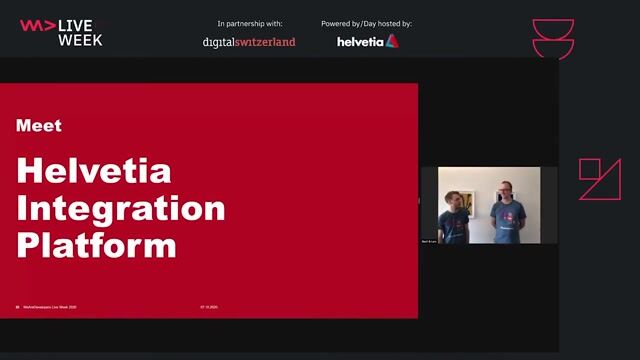
17:51 MIN
Building a resilient and scalable API gateway
Improving Developer Happiness with GitOps
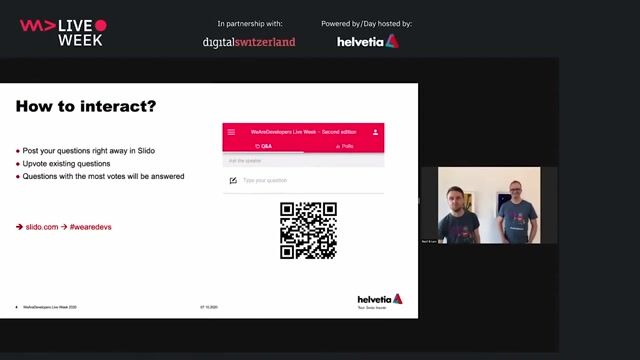
04:17 MIN
How business strategy drives the need for integration
Improving Developer Happiness with GitOps

00:43 MIN
Meeting modern application and data platform demands
Tomorrow's cloud data platforms - fully managed database-as-a-service (DBaaS)
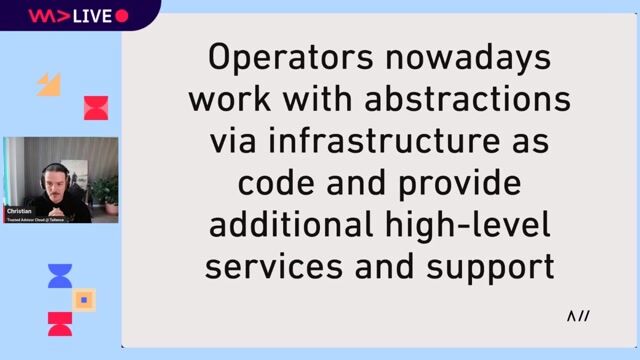
13:44 MIN
Introducing platform engineering and its technical components
Platform Engineering vs. DevOps Why not both?
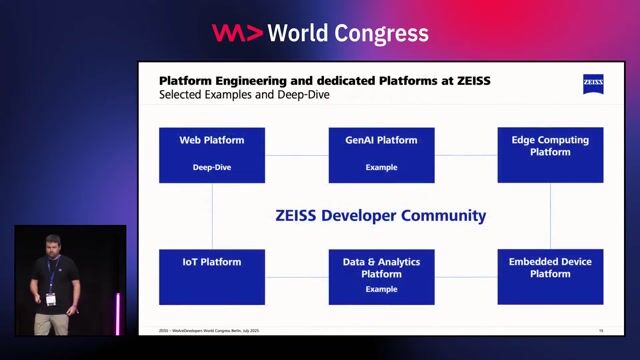
14:16 MIN
Building specialized platforms for GenAI, data, and web
Empowering Thousands of Developers: Our Journey to an Internal Developer Platform

06:07 MIN
Defining the four core technical goals for the platform
Remote Driving on Plant Grounds with State-of-the-Art Cloud Technologies

45:45 MIN
Q&A on platform engineering implementation and future
Platform Engineering vs. DevOps Why not both?
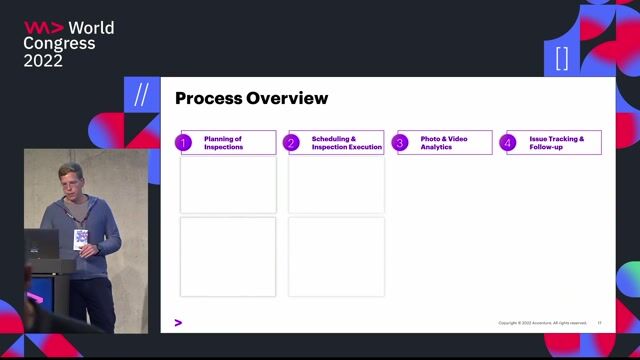
16:43 MIN
Integrating robots into enterprise systems and architecture
Robots are coming into the wild! Full-Stack Robotics Engineers, be ready!
Featured Partners
Related Videos
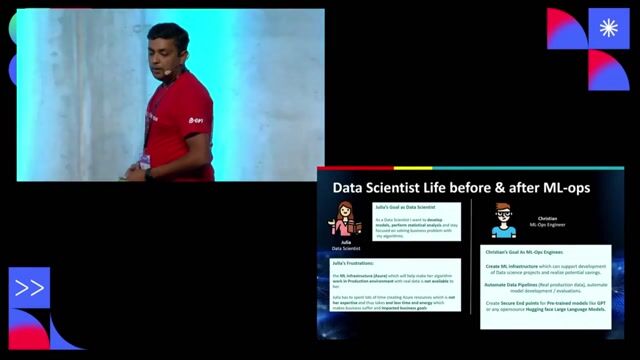 19:27
19:27How E.On productionizes its AI model & Implementation of Secure Generative AI.
Kapil Gupta
 29:31
29:31Introducing Green IT practices to a large Software Company
Pierre-Luc Noel & Fritz Reichmann
 24:13
24:13Strategies to accelerate SaaS Application Development
Rajalakshmi Srinivasan
 58:40
58:40Platform Engineering vs. DevOps Why not both?
Christian Strack
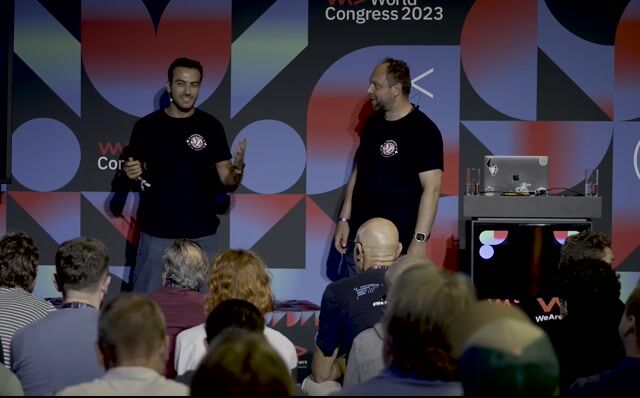 16:38
16:38Develop, test and run a communications application in a serverless cloud
Filippos Kyprianou & Maksym Mednikov
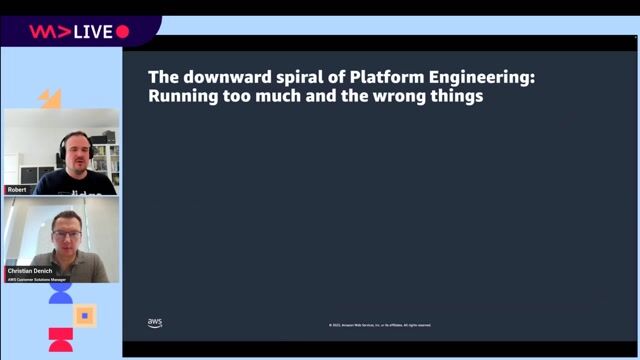 57:45
57:45Forget Developer Platforms, Think Developer Productivity!
Robert Hoffmann & Christian Denich
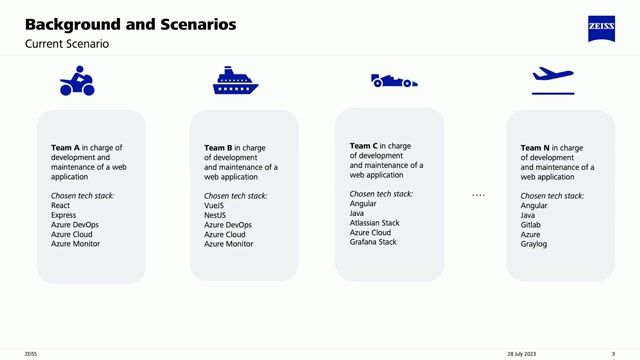 20:28
20:28Introducing a Digital Service Catalog for speed and scale
Bastian Heilemann & Akash Manjunath
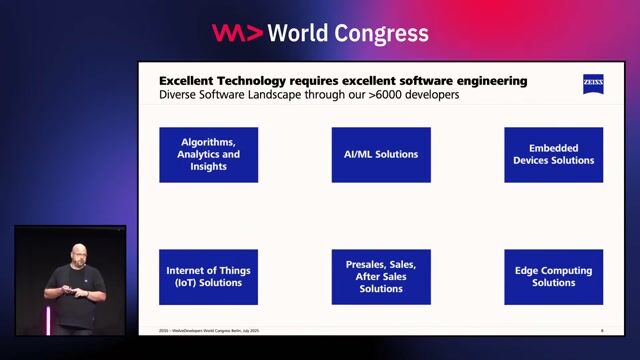 29:26
29:26Empowering Thousands of Developers: Our Journey to an Internal Developer Platform
Bastian Heilemann & Bruno Margula
From learning to earning
Jobs that call for the skills explored in this talk.


Integration & Automation Specialist (m/w/d)
PVS eSolutions GmbH
Hamburg, Germany
Junior
Intermediate
JSON
REST


SAP Integration Suite Developer (w/m/d)
E.ON Digital Technology GmbH
Hannover, Germany
Senior
SAP BTP
SAP HANA


SAP BTP and SAP Security Engineer (f/m/d)
E.ON Digital Technology GmbH
Hannover, Germany
Senior
SAP BTP
SAP HANA


Backend Engineer (m/w/d)
fulfillmenttools
Köln, Germany
€35-65K
Intermediate
TypeScript
Agile Methodologies
Google Cloud Platform


SAP Engineer and BTP Developer (m/f/d)
E.ON Digital Technology GmbH
Hannover, Germany
Senior
ABAP
SAP BTP
SAP HANA


Tech Lead (m/f/d) - Berlin
Patronus Group
Berlin, Germany
Senior
Kotlin
Android
Angular
Spring Boot
Amazon Web Services (AWS)


SENIOR DEVOPS ENGINEER (M/W/D)
Wilken GmbH
Ulm, Germany
Remote
Intermediate
Senior
Azure
Gitlab
Terraform
Kubernetes


Senior Machine Learning Engineer (f/m/d)
MARKT-PILOT GmbH
Stuttgart, Germany
Remote
€75-90K
Senior
Python
Docker
Machine Learning


Software Development : (1CT) Platform Software Developer (Core C#, .Net APIs, Design/Architecture)
ROHDE & SCHWARZ GmbH & Co. KG
Aachen, Germany
Remote
API
GIT
.NET
Routing
+4

